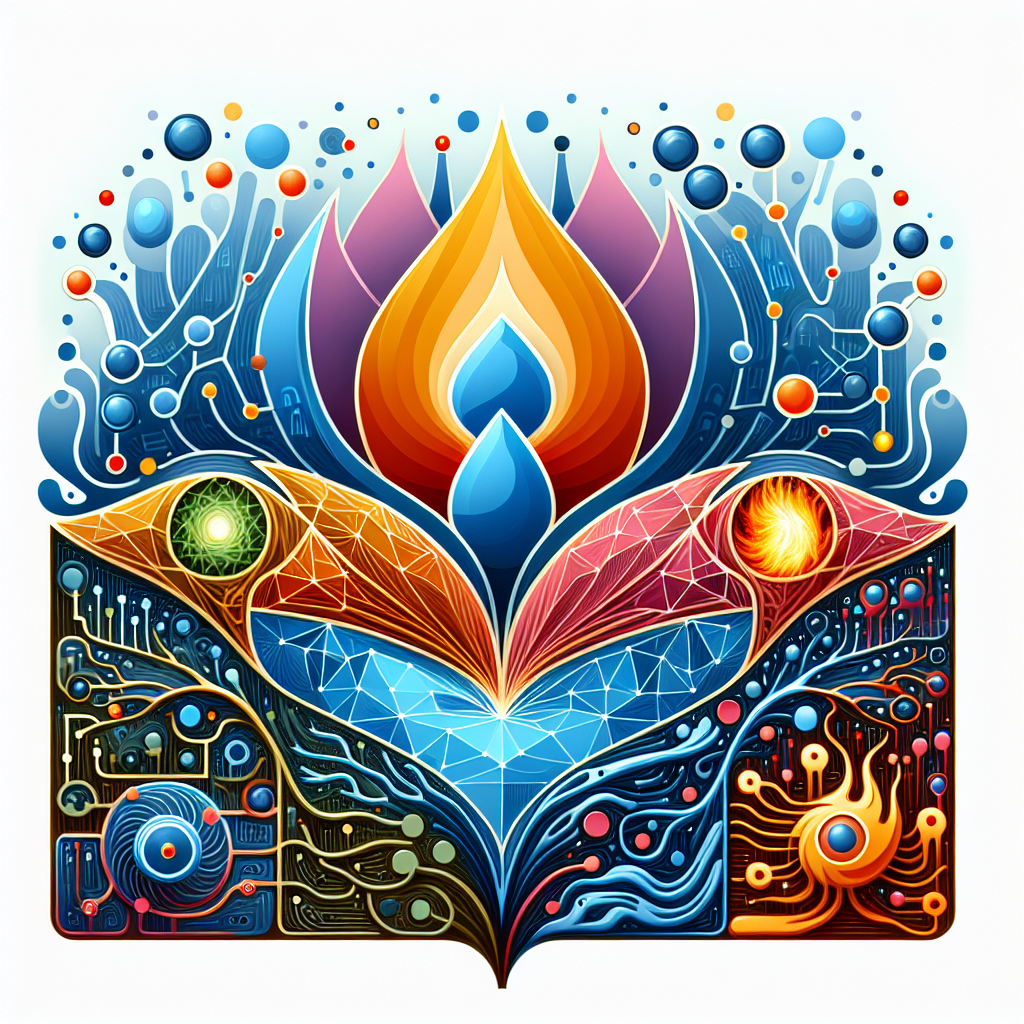Fix today. Protect forever.
Secure your devices with the #1 malware removal and protection software
Deep learning has revolutionized the field of artificial intelligence, enabling machines to learn and make decisions in a way that mimics human intelligence. One of the key technologies that powers deep learning is neural networks, which are computational models inspired by the way the human brain processes information.
Neural networks consist of layers of interconnected nodes, or neurons, that process input data and produce output. By adjusting the weights and biases of these connections, neural networks can learn to recognize patterns and make predictions based on the data they are trained on.
One of the most popular frameworks for building neural networks is PyTorch, which provides a flexible and powerful platform for developing deep learning models. TensorFlow is another widely used framework that offers similar capabilities, with a focus on scalability and deployment.
While neural networks can be used for a wide range of tasks, one of the most common applications is in image recognition. Convolutional Neural Networks (CNNs) are a specialized type of neural network that has been optimized for processing visual data. CNNs use a series of convolutional layers to extract features from images, followed by pooling layers to reduce the dimensionality of the data, and fully connected layers to make predictions.
By combining these layers in a carefully designed architecture, CNNs can achieve remarkable accuracy in tasks such as image classification, object detection, and image segmentation. PyTorch and TensorFlow both provide extensive libraries for building and training CNNs, making it easy for developers to experiment with different architectures and optimize their models for specific tasks.
In this article, we will explore the basics of deep learning with PyTorch and TensorFlow, focusing on how neural networks work and how CNNs can be used for image recognition. We will walk through the process of building a simple CNN model using PyTorch, training it on a dataset of handwritten digits, and evaluating its performance on a test set.
By following along with this tutorial, you will gain a solid understanding of the principles of deep learning and how to apply them using two of the most popular frameworks in the field. Whether you are a beginner looking to get started with deep learning or an experienced practitioner looking to expand your skills, this article will provide you with a solid foundation for exploring the exciting world of neural networks and CNNs.

#Neural #Networks #CNNs #Exploring #Basics #Deep #Learning #PyTorch #TensorFlow,understanding deep learning: building machine learning systems with pytorch
and tensorflow: from neural networks (cnn

Leave a Reply
You must be logged in to post a comment.